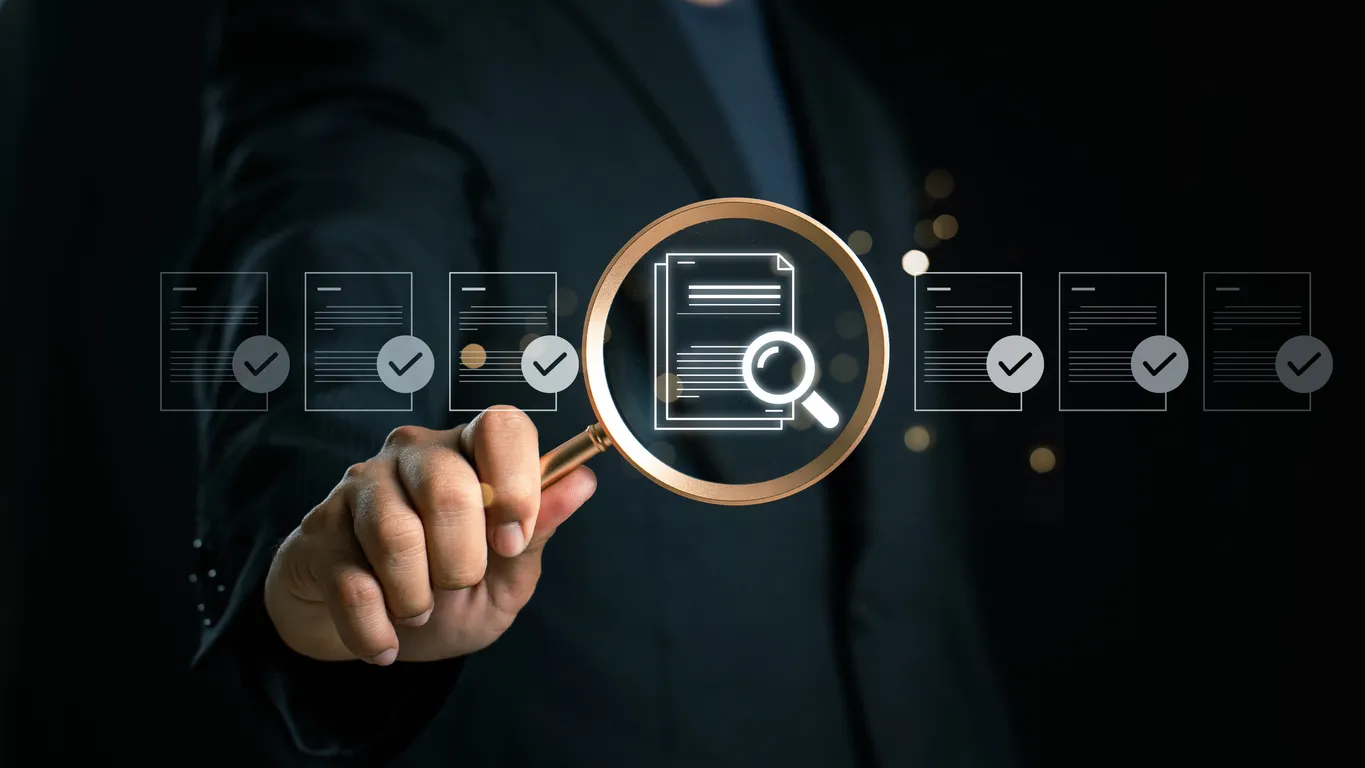What Is a Certificate of Destruction?
Why Certificates Matter for GDPR & Compliance
- Article 5(2) – Accountability: you must be able to demonstrate compliance
- Article 32 – Security of processing: you must apply appropriate measures to prevent data breaches
- ICO guidance on data sanitisation and disposal
- ISO 27001 and NIST 800-88 frameworks for information security
What Should a Proper Certificate Include?
- Asset serial numbers – uniquely identifying each device
- Timestamps – when destruction took place
- Location – where the destruction was carried out
- Method – shredding, crushing, or certified data erasure
- Operator or machine ID – who performed or verified the destruction
- Signatures or digital verification – proving authenticity
- Reference to standards – for example NIST 800-88, ISO 27001, GDPR compliance
Common Red Flags to Watch Out For
- Generic, batch certificates without individual asset references
- Missing serial numbers or timestamps
- No method of destruction listed
- Delayed issuance – certificates provided weeks after destruction
- No signatures, verification or audit references
| Weak Certificate | Strong, Compliant Certificate |
|---|---|
| Batch certificate for multiple assets | Itemised, asset-by-asset certification |
| Missing timestamps or method | Exact destruction method and date/time logged |
| No reference to standards | References GDPR, ISO 27001, NIST 800-88 |
| Issued weeks later | Issued immediately post-destruction |
| No unique identifiers | Includes serial numbers and operator verification |
How Astralis Provides Complete, Itemised Certification
- Itemised Certificates issued for every asset, report, and location
- Client portal access – certificates and reports are uploaded directly to your secure account
- Email delivery – for quick access and record-keeping
- Issued immediately after processing as standard
- Aligned with GDPR, ISO 27001, NIST 800-88 and ICO guidance





